I know this is a very basic concept, and has been described in many places, but I still can't 100% understand inductive kickback.

simulate this circuit – Schematic created using CircuitLab
If the switch in the circuit above is initially closed, and then immediately opened, we will have an instantaneous drop in current. Using the following equation describing voltage across an inductor: $$V = L\frac{dI}{dt},$$ we would get the voltage at point A to be a high positive number, to induce a negative voltage across the inductor. Since inductors are suppose to resist changes in current, how would a very high voltage at point A maintain the flow of current? Wouldn't it result in current in the opposite direction?